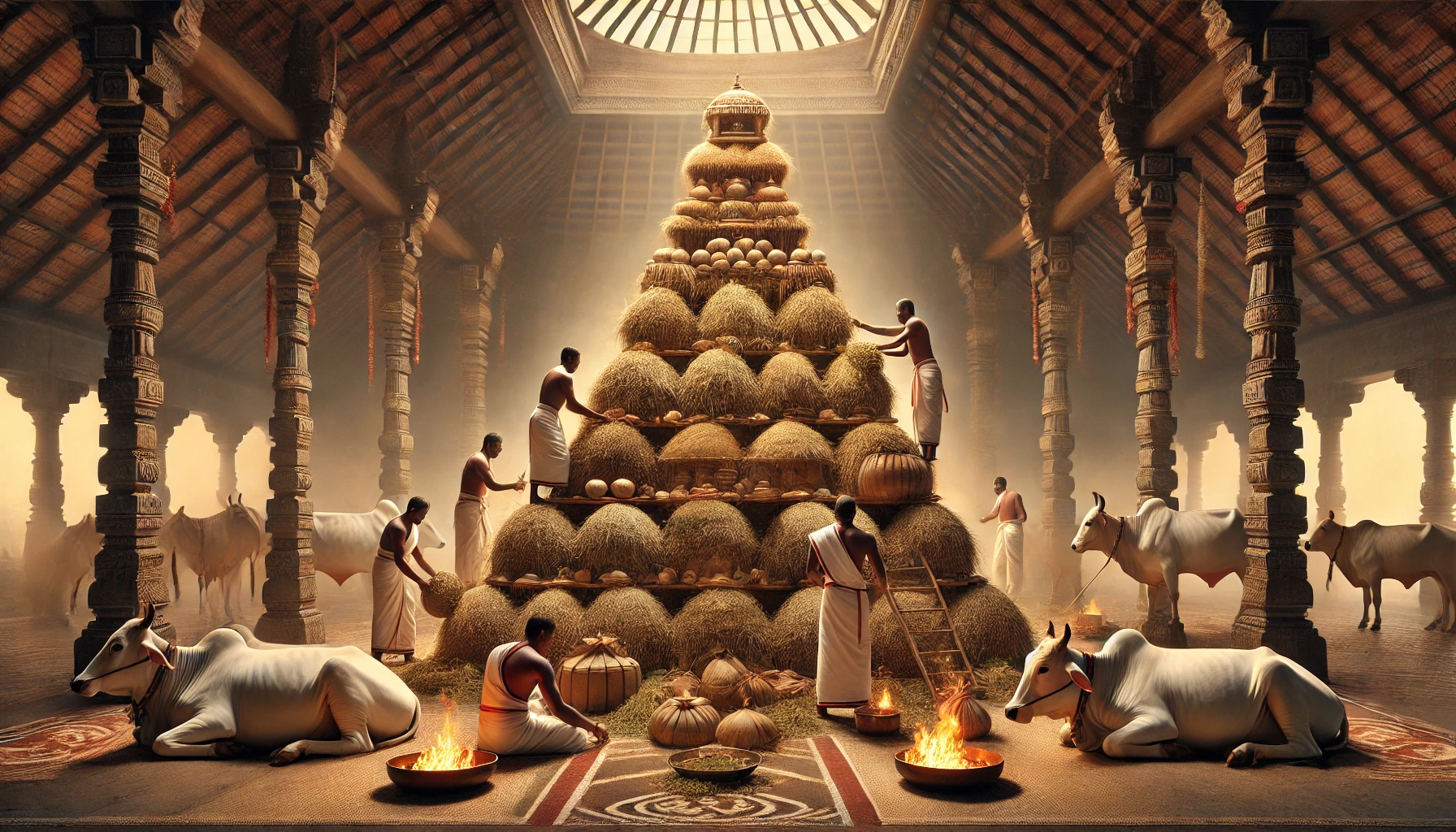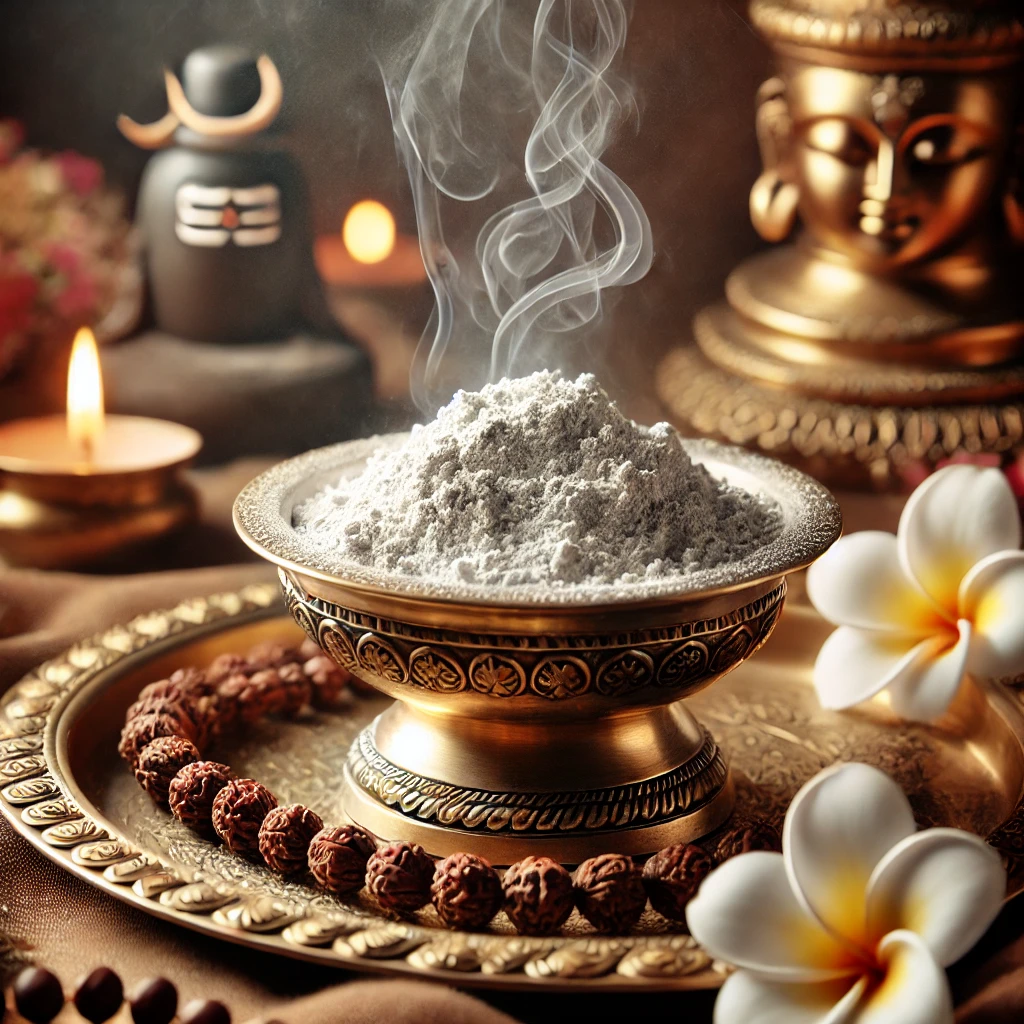Vibhuti, also known as Bhasmam or Thiruneeru, holds immense spiritual and symbolic importance. It is more than just a sacred ash; it embodies divine purity, the eternal truth, and the blessings of Lord Shiva. The meticulous process of making Vibhuti is deeply rooted in tradition, spirituality, and reverence for nature. This blog explores how Vibhuti is made, the rituals involved, and why it remains an integral part of Hindu worship.
If you’re looking for authentic and traditionally prepared Vibhuti, visit spiritualguru.lk to experience its divine essence.
What Is Vibhuti?
Vibhuti, the holy ash, is often seen smeared on the foreheads of Shiva devotees as three horizontal lines. It symbolizes the victory of spiritual knowledge (Jnana) over ignorance and the destruction of ego and material desires. Unlike the ash from any burnt object, Vibhuti is prepared through sacred rituals that infuse it with divine energy.
Why Is Vibhuti Unique?
- Sacred Ingredients: Vibhuti is traditionally made from the dung of native Indian cows, which are highly revered in Hinduism. Only dung from these cows, known for their spiritual and medicinal properties, is used.
- Elaborate Rituals: The preparation involves chanting Vedic mantras like Sri Rudram and Chamakam, aligning the process with cosmic energies.
- Medicinal Value: The resulting ash is not just spiritually significant but also believed to have healing properties, cleansing both body and mind.
The Ancient Tradition of Vibhuti Preparation
The process of creating Vibhuti is deeply spiritual and labor-intensive, requiring weeks of dedication. Here’s how it’s done:
Step 1: Preparing the Cow Dung Cakes
- Native Indian cow dung is collected and shaped into flat, circular cakes called Viratti. These cakes are sun-dried for several days, ensuring they retain their shape and consistency.
- While the cakes dry, Vedic chants like Sri Rudram are recited, imbuing the environment with divine vibrations.
Step 2: Setting Up the Sivarathiri Muttan
On the morning of Maha Shivaratri:
- A clean, auspicious spot is prepared using cow dung (Gomaya) and adorned with intricate Kolams (traditional floor designs).
- The dried cow dung cakes, hay, and Karukkai (semi-mature grains of paddy) are arranged in a pyramid-like structure called the Muttan. This setup resembles a Shiva Lingam, symbolizing Lord Shiva himself.
Step 3: Performing the Viraja Homam
- The Viraja Homam, a sacred fire ritual, is performed to consecrate the setup. The fire from the homam is transferred to the Muttan, igniting the pile.
- The fire burns slowly, aided by the layering of hay and Karukkai. This ensures the cakes are not instantly burnt but are baked, producing the bright white ash.
The Role of Nature and Rituals in Vibhuti Preparation
Karukkai and Hay: The Unsung Heroes
- Karukkai acts as a fuel stabilizer, ensuring the pile burns steadily and produces white ash.
- Hay helps transfer fire evenly across the layers, preventing the Muttan from collapsing prematurely.
The Power of Vedic Chants
The process is incomplete without the chanting of mantras. The vibrations of these ancient hymns sanctify the ash, infusing it with spiritual energy.
Seasonal Influence
The late-season fog during Maha Shivaratri is believed to enhance the white color of the Vibhuti, adding a mystical touch to its preparation.
The Significance of Vibhuti in Hinduism
Symbol of Purity and Devotion
Applying Vibhuti on the body, particularly on the forehead, purifies the mind and soul, helping devotees focus on spiritual pursuits.
Connection to the Vedas
The three horizontal lines of Vibhuti on the forehead symbolize the Rig Veda, Yajur Veda, and Sama Veda, representing harmony and balance.
Spiritual Benefits
- Frees the mind from negative thoughts.
- Encourages detachment from material desires.
- Enhances spiritual awareness and devotion.
Modern Relevance of Traditional Vibhuti
Sustainability and Village Economy
The preparation of Vibhuti supports the preservation of native Indian cows and sustains traditional agricultural practices. It also provides livelihood to rural communities involved in its production.
Medicinal Properties
Scientific studies highlight the antibacterial and purifying properties of Vibhuti, making it a natural cleanser for the body and environment.
Where to Find Authentic Vibhuti
For those who wish to experience the divine energy of traditional Vibhuti, spiritualguru.lk offers a range of authentic, sacred ash prepared following age-old rituals. By purchasing from trusted sources, you also contribute to preserving these ancient traditions.
Conclusion
The making of Vibhuti is a beautiful blend of spirituality, tradition, and reverence for nature. It is a living testament to the depth of Hindu rituals and their connection to the divine. Whether you are a devotee of Lord Shiva or simply curious about ancient practices, understanding the preparation and significance of Vibhuti offers a glimpse into the profound wisdom of Sanatana Dharma.
Embrace the purity and sanctity of Vibhuti today. Visit spiritualguru.lk to bring home this sacred symbol of devotion and divinity.



Leave a comment